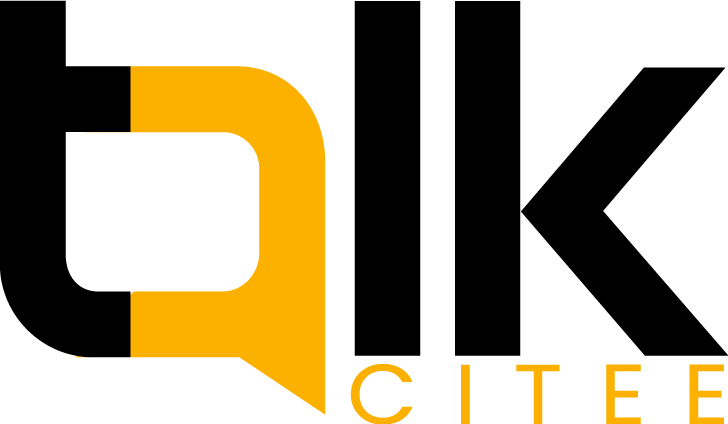
The differences between Waterfall and Agile approaches
Whether developing software or running any kind of project, the method of using Waterfall thinking is fast becoming replaced by Agile ways of working. A waterfall methodology is basically a sequential model where steps are split into pre-defined phases, such as feasibility, designing, building, testing, production and support. Following an Agile method is a more linear process, allowing for flexibility in changing project needs as the need arises. Here are some further differences:
While Waterfall models are broken up into definite stages, an Agile approach separates the project timeline into sprints. Waterfall is more rigid in structure, whereas Agile is welcomed for its flexibility.
According to the Waterfall way of working, a product is developed in one single project, split into distinct phases with each phase only occurring once in the timeline. When working in an Agile way, the timeline can be viewed as a series of projects, with multiple iterations of the different phases and regular feedback resulting in changes and improvements being made during the project’s lifecycle.
When embarking on a Waterfall method, it’s important to have all development requirements laid out beforehand as there is no flexibility to change those requirements once the project has commenced. Agile, on the other hand, provides the flexibility to allow changes to happen during the project development, even if this occurs after initial planning is complete.
While the different phases, such as design, testing and production appear only once in Waterfall, these different phases can be brought in at any stage throughout the entire project when adopting an Agile approach. For Scrum Master Training, as a part of Agile working, visit https://www.althris.com/
Another big difference between the two approaches is the way that quality and testing is completed. After the test phase in a Waterfall approach, the build phase follows. With Agile, the testing and quality phases run concurrently or at least, in the same phase window, meaning changes can be made to the quality as a result of the test outcomes. This provides much more flexibility.
Using Waterfall thinking requires no participation from customers or end users and is a mostly internal process. Agile, on the other hand, focuses more heavily on end user satisfaction and seeks to involve the customer throughout the duration of the development. Waterfall is a strictly sequential process, whereas Agile is more collaborative, focusing on greater team involvement, quicker problem solving and continual end user feedback.
The Waterfall method has its value in projects which involve clear and defined requirements and where no change is likely to be expected. For a project where fluidity, evolution and changes are expected or desired, Agile is the better working approach. Waterfall offers a rigid mindset, focusing solely on project completion. Agile offers a greater product focus, ensuring the end product is what the end user desires and is adaptable to change should the customers’ needs evolve.








